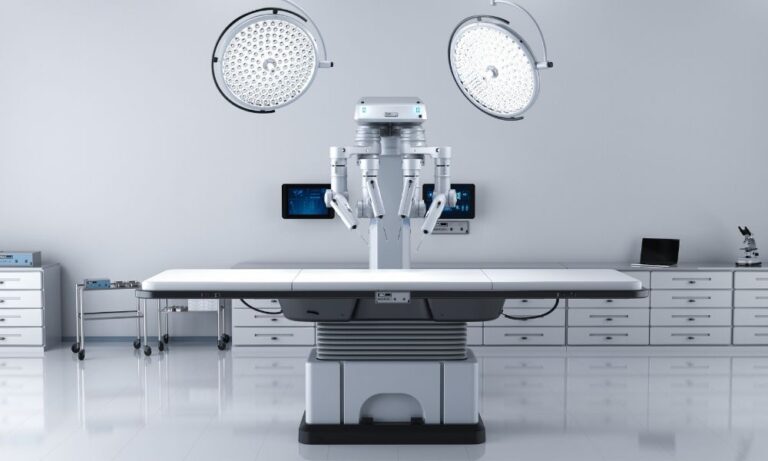The display measurement industry is full of high-tech gadgets. Devices like night vision goggles are gaining popularity in more industries. However, some lesser-known equipment is equally important. This article will address one such device: an optical waveguide. This piece will also answer the question: how does an optical waveguide work?
What Is an Optical Waveguide?
Before we can discuss how an optical waveguide works, we must first explain what it is. An optical waveguide is a physical structure with cervices that measure how light looks different across different spaces. These devices measure optical circuits and other communication mechanisms.
There are different types of optical waveguides. Read on to learn about how these various kinds work.
Rectangular Waveguides
Rectangular waveguides are among the most popular. These structures are square-shaped, and the guiding layer (light being measured) extends across the entire component, rather than just one direction. The cutouts in this structure are rectangular, as well. Essentially, the light expands over the area, and the device determines where wavelengths are strongest.
Ribbed Waveguides
Ribbed waveguides are the opposite of their rectangular counterparts. This structure features uneven grooves. Manufacturers use these kinds of optical waveguides to determine wavelengths in a less uniform setting. Things aren’t as “neat” when using a ribbed waveguide vs a rectangular one.
Laser Waveguides
Some developers place lasers in their waveguides to get a more accurate reading of wavelength. Keep in mind, though, that this option is the costliest of the three. Typically, high-tech labs with the proper equipment use these kinds of devices.
Gamma Scientific has display measurement systems that would make any laboratory jealous. However, we also have optical waveguide structures for those who need to figure out wavelength. Our team understands that this equipment may not look as appealing as other items in the field. But their function is a necessity to the profession. Everyone needs to know the proper wavelength to put out safe materials used in the military and other governmental facilities.





